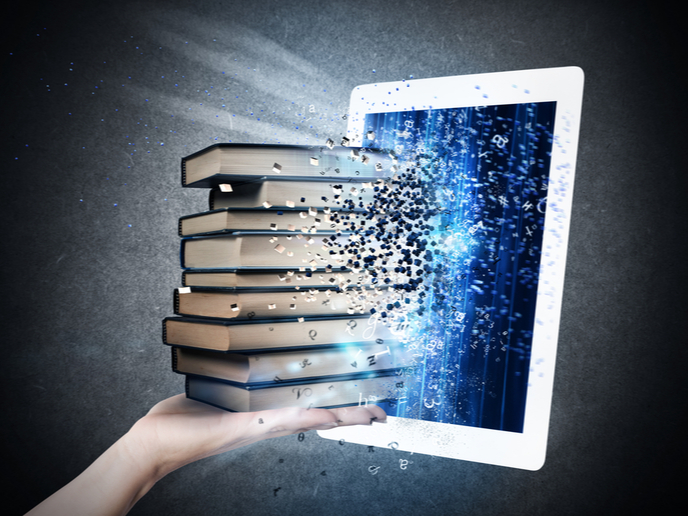Bridging the connection between printed and digital books
As any book lover will tell you, there’s nothing quite like holding a book in your hand, and feeling the paper between your fingers as you turn page after page to find out what happens next. E-readers, on the other hand, are the digital era’s gift to the avid reader. They’re lightweight, portable and make it easy to carry around hundreds of books without hurting your back. However, as wonderful as e-readers may be, the fact remains that the more electronic devices we consume, the more electronic waste we produce, with the associated environmental consequences. This is why the EU-funded INNPAPER project has been looking at paper as the basis for electronic devices, since it’s cheap, renewable and recyclable. The project is now collaborating with Greek start-up AmphiLab that is designing traditional printed books enhanced with digital capabilities. However, these bitbooks look nothing like the primitive interactive books currently found on the market, and geared especially towards children. The AmphiLab bitbooks look, feel and smell like the printed books we love so much, but they can connect wirelessly with TVs, speakers, laptops and smartphones, and you can also connect your earphones to them. What’s more, bitbooks do away with external devices, such as the pens and cameras needed for today’s interactive children’s printed books. They’re also flexible. They can connect to other Internet of things devices or can function autonomously. Updating their digital content keeps them current.
The birth of the AmphiLab bitbook
“It all started years ago, as a project for my MA at the Royal College of Art that looked into the ‘future of the book’ at a time when e-readers were all the hype, and influential people in the industry predicted that paper will disappear in a matter of years,” explains AmphiLab’s founder Manolis Kelaidis in an article posted on ‘Printed Electronics Now’. “The result of this project was an elegantly made hybrid interactive paper book printed with conductive ink which connects wireless and controls nearby digital devices and screens.” Readers can access the book’s digital content by touching the “links” printed on its paper pages with the special ink. “It is AmphiLab’s conviction that printed books and ebooks market shares will settle in an equilibrium that reflects each medium’s unique strengths,” notes Kelaidis. “While ebooks will always offer unparalleled benefits such as portability, interactivity and updated content, they still remain plastic content-delivering devices with no emotional value as a product and some reading experience limitations. “In contrast, there is a strong scientific argument for printed books to be made in terms of concentration and comprehension (‘deep learning’), ease of browsing through content and on the eyes,” the engineer continues. “In addition, there will always be a market for beautifully-crafted printed books that reflect the value of the actual content and which evoke emotional bonds with the end-user.” AmphiLab plans to launch its hybrid product towards the end of 2022. It envisions further developing bitbooks “towards an ever more functional, elegant and fun to use product that will eventually evolve with the aid of printed electronics into other formats such as paperbacks, magazines and leaflets.” The INNPAPER (Innovative and Smart Printed Electronics based on Multifunctionalized Paper: from Smart Labelling to Point of Care Bioplatforms) project ends in December 2021. For more information, please see: INNPAPER project website
Keywords
INNPAPER, book, paper, digital, device, digital content, printed book, e-reader, printed electronics, ebook



